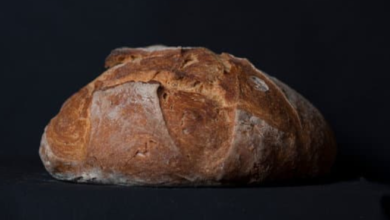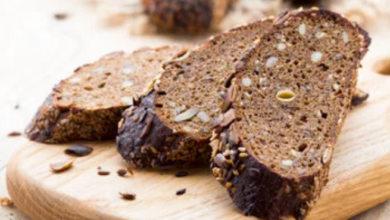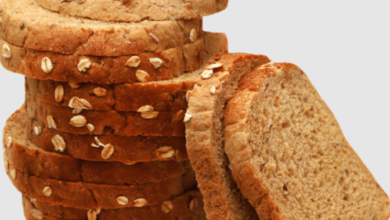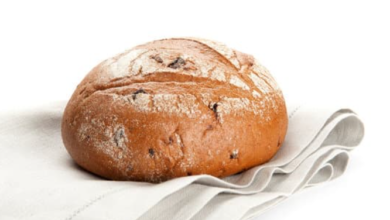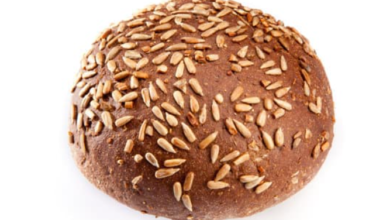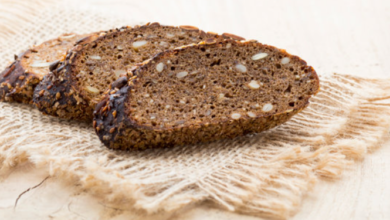Does Rye Bread Have White Flour? Can You Believe It?
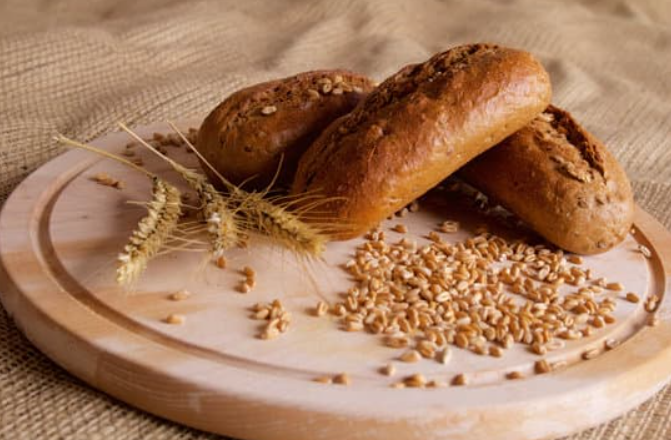
What To Know
- Unlike wheat flour, rye flour contains a higher proportion of bran and germ, resulting in a darker color and a nuttier, more robust flavor.
- This results in a flour that is lighter in color, milder in flavor, and lower in fiber and nutrients compared to rye flour.
- Opt for rye bread with a darker color, as it typically indicates a higher proportion of rye flour.
When it comes to bread, the realm of choices can be overwhelming. From fluffy white to hearty whole wheat, each type promises a unique culinary experience. But among the diverse options, one question often lingers: does rye bread contain white flour? This blog post delves into the depths of this culinary conundrum, exploring the ingredients, nutritional value, and health implications of rye bread.
The Anatomy of Rye Bread
Rye bread, renowned for its distinctive flavor and dense texture, is primarily made from rye flour. Rye flour, in turn, is obtained by grinding rye berries, which are the seeds of the rye plant. Unlike wheat flour, rye flour contains a higher proportion of bran and germ, resulting in a darker color and a nuttier, more robust flavor.
White Flour vs. Rye Flour: A Tale of Two Ingredients
White flour, on the other hand, is derived from the endosperm of wheat kernels. The endosperm is the starchy core of the wheat grain, which is stripped of its bran and germ during the milling process. This results in a flour that is lighter in color, milder in flavor, and lower in fiber and nutrients compared to rye flour.
Does Rye Bread Contain White Flour?
The answer to this question is not always straightforward. Traditional rye bread recipes typically do not include white flour. However, some commercial bakeries may add white flour to rye bread for various reasons, such as:
- Improved texture: White flour can make rye bread softer and less dense.
- Enhanced shelf life: White flour can help extend the shelf life of rye bread.
- Cost reduction: White flour is often cheaper than rye flour.
Identifying Rye Bread with White Flour
If you’re concerned about consuming white flour in your rye bread, there are a few ways to identify its presence:
- Check the ingredient list: The ingredient list on the packaging will clearly state if white flour is an ingredient.
- Color: Rye bread made with white flour will have a lighter color than traditional rye bread.
- Texture: Rye bread with white flour may be softer and less dense than pure rye bread.
Nutritional Differences: Rye Bread vs. White Bread
When comparing rye bread with white bread, there are significant nutritional differences to consider:
- Fiber: Rye bread contains more fiber than white bread, which is essential for digestive health and satiety.
- Vitamins and minerals: Rye bread is richer in vitamins and minerals, such as B vitamins, vitamin E, and iron.
- Antioxidants: Rye bread contains antioxidants that may help protect against chronic diseases.
Health Implications: Rye Bread vs. White Bread
Due to its higher fiber and nutrient content, rye bread is generally considered a healthier choice than white bread. It may offer benefits such as:
- Lower risk of heart disease: Fiber in rye bread can help lower cholesterol levels and reduce the risk of heart disease.
- Improved blood sugar control: Rye bread has a lower glycemic index than white bread, which means it causes a slower rise in blood sugar levels.
- Reduced risk of certain cancers: Studies suggest that rye bread may be associated with a reduced risk of certain types of cancer, such as colorectal cancer.
Choosing the Right Rye Bread
When selecting rye bread, it’s important to consider the following factors:
- Ingredient list: Choose rye bread that does not contain white flour if you’re seeking the full nutritional benefits of rye.
- Color: Opt for rye bread with a darker color, as it typically indicates a higher proportion of rye flour.
- Texture: If you prefer a denser, more traditional rye bread, choose loaves with a firmer texture.
Takeaways:
The presence of white flour in rye bread is a matter of choice and availability. While traditional rye bread recipes do not include white flour, some commercial bakeries may add it for various reasons. By understanding the nutritional differences between rye bread and white bread, consumers can make informed decisions about their dietary choices. Choosing rye bread without white flour can provide numerous health benefits, including improved digestion, better blood sugar control, and a reduced risk of chronic diseases.
Frequently Asked Questions
Q: Is all rye bread made with white flour?
A: No, traditional rye bread recipes do not include white flour. However, some commercial bakeries may add white flour for various reasons.
Q: How can I tell if rye bread has white flour?
A: Check the ingredient list, look for a lighter color, or opt for a denser texture.
Q: Is rye bread with white flour healthier than white bread?
A: No, rye bread without white flour is generally considered healthier due to its higher fiber and nutrient content.
Q: Can I make rye bread at home without white flour?
A: Yes, you can follow traditional rye bread recipes that do not include white flour.
Q: What are the benefits of eating rye bread without white flour?
A: Improved digestion, better blood sugar control, and a reduced risk of chronic diseases.
